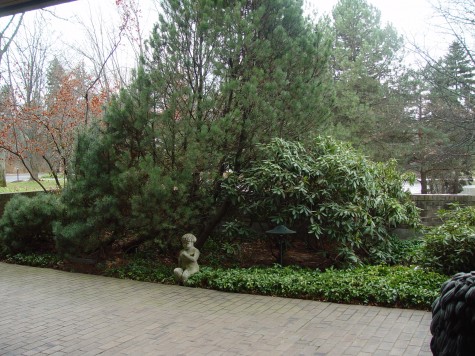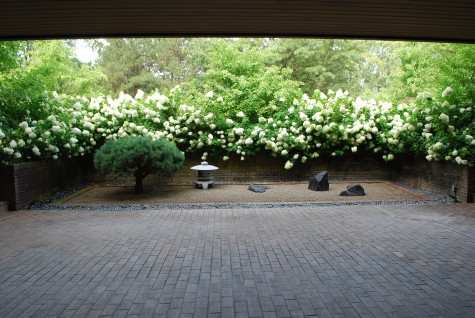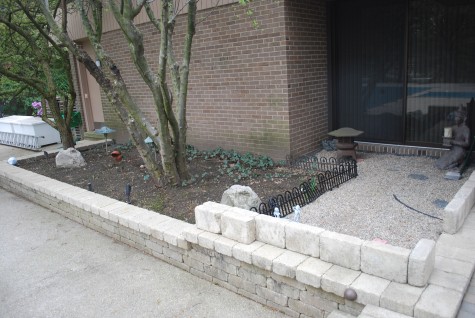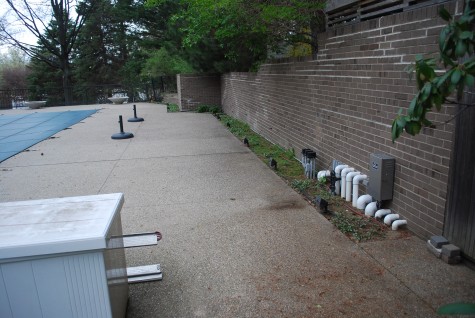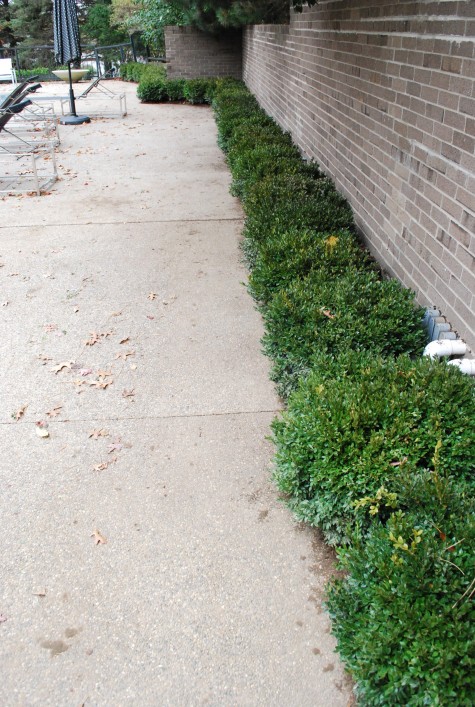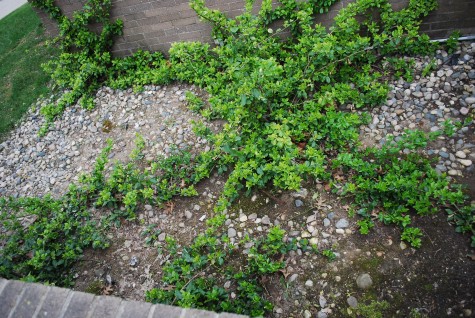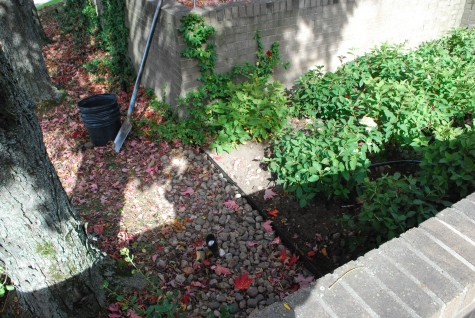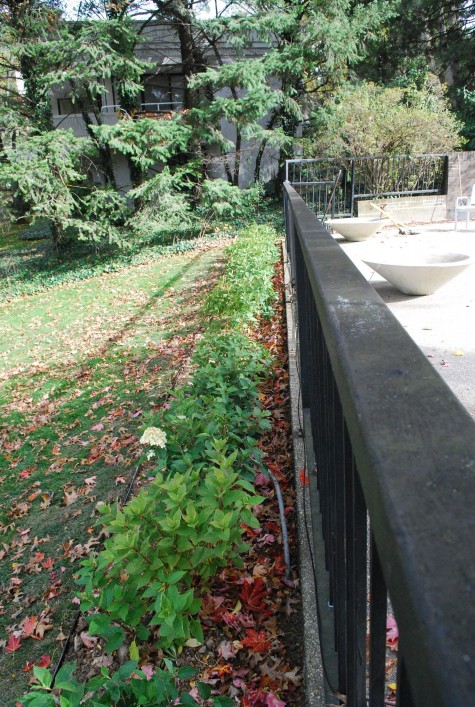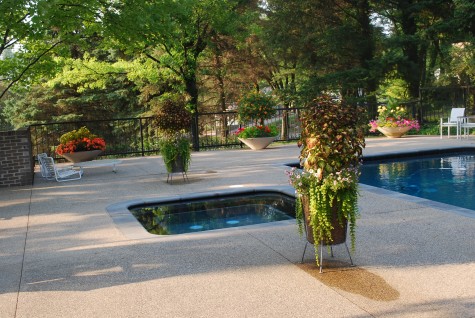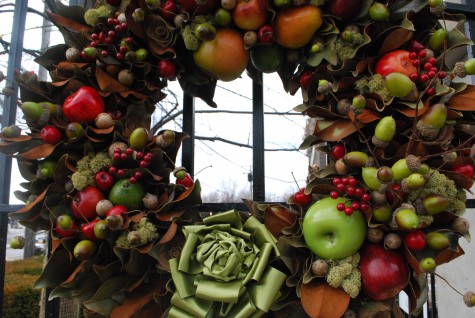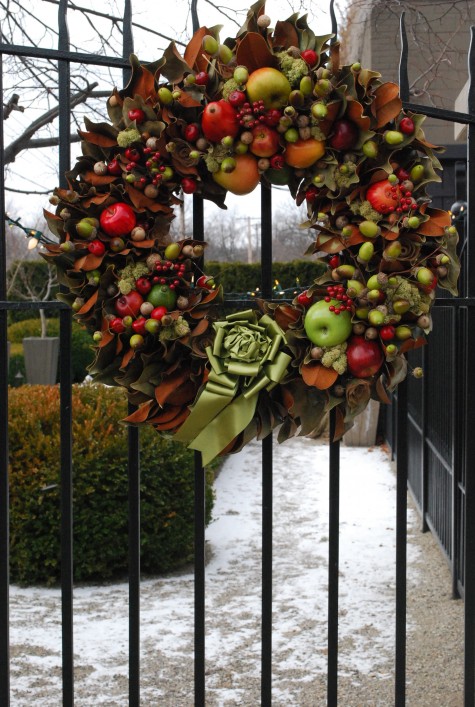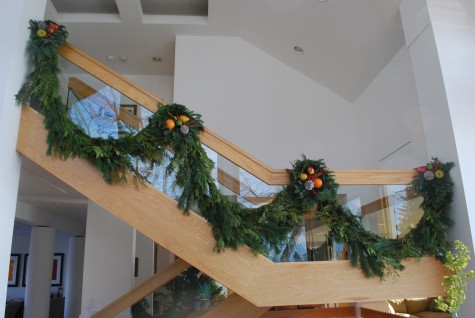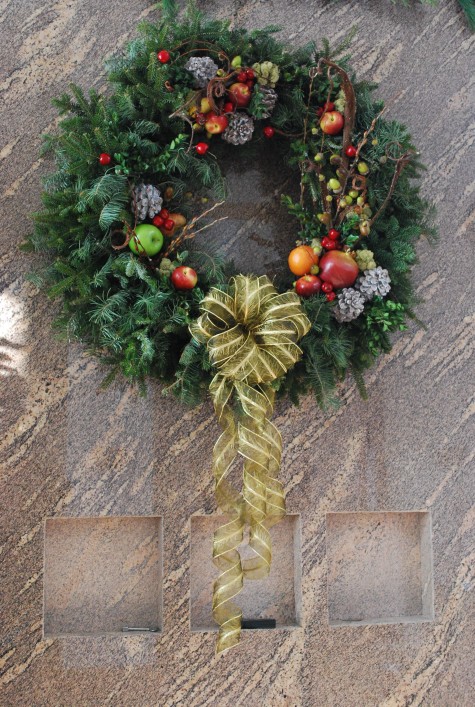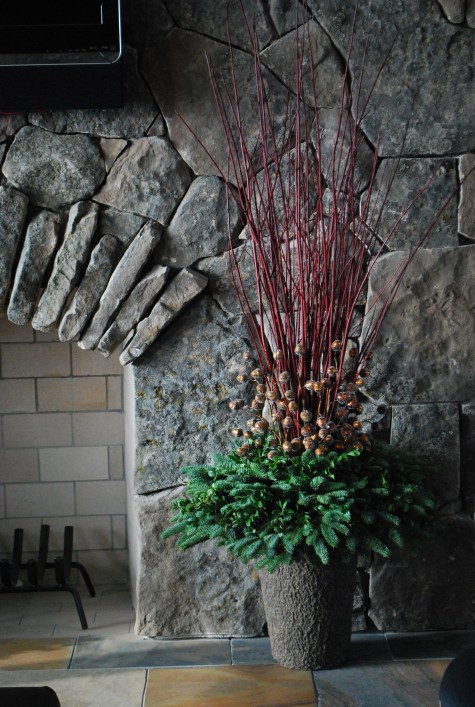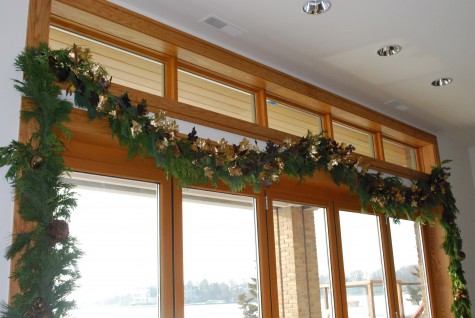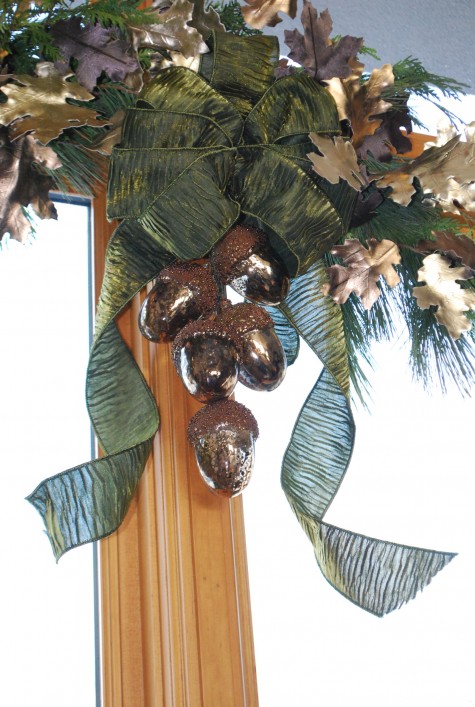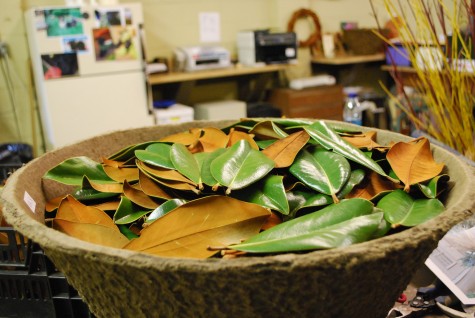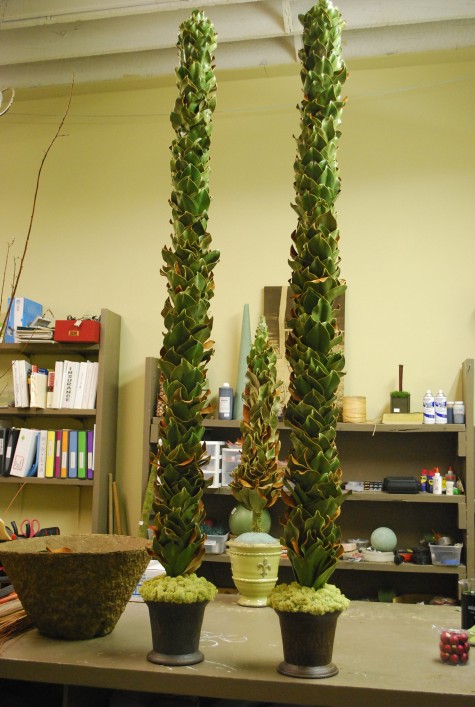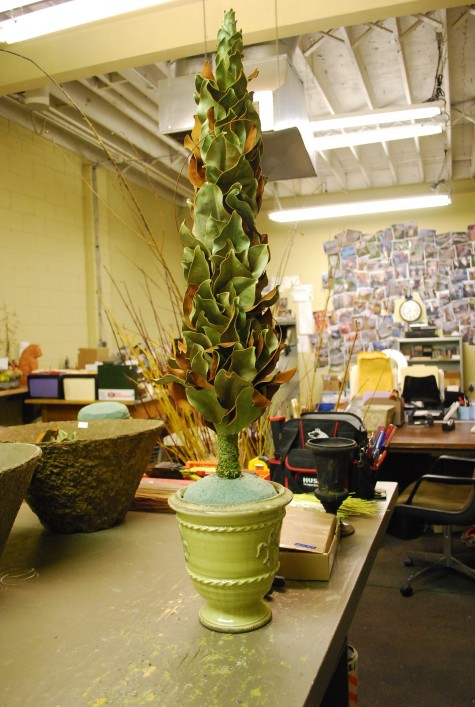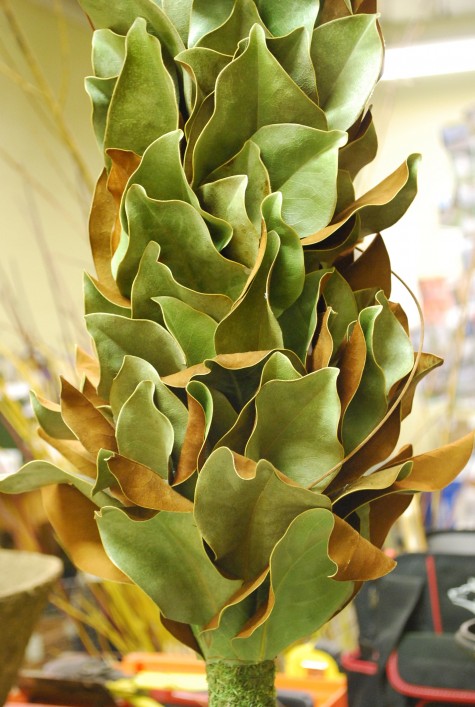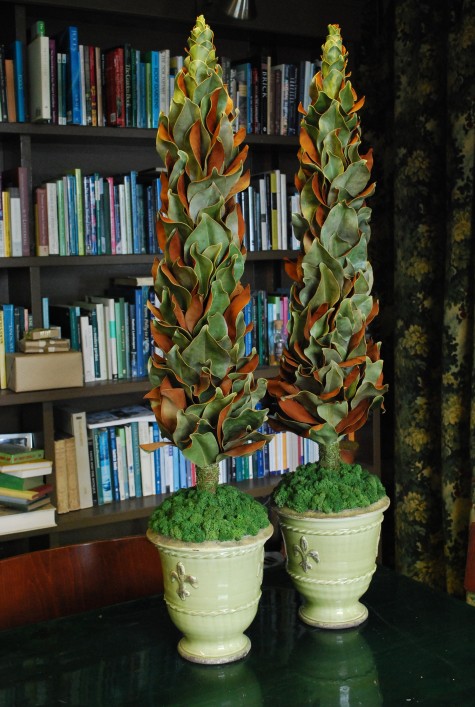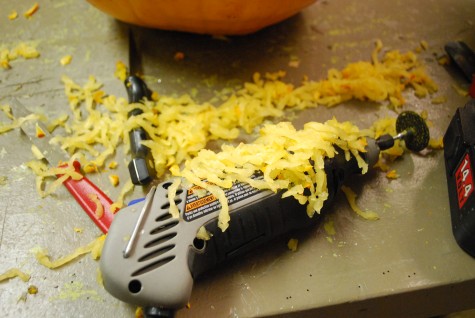 I do have a horribly soft spot for the Halloween holiday. As much as the gardener in me loves the colors, varieties and shapes of the squash and pumpkins that come to market in the fall, I especially relish the ritual carving of these large roundish fruits into faces of all kinds-silly faces, spooky faces, the faces of the dead, damned and long suffering, the terrifying faces, the simply terrified faces. A client who needed a number of fanciful carved faces-how could I speedily scoop and carve? Though I love my dremel tool, its grinding wheel coated me in pumpkin juice and bits in seconds. I needed a time out to wash my windshield.
I do have a horribly soft spot for the Halloween holiday. As much as the gardener in me loves the colors, varieties and shapes of the squash and pumpkins that come to market in the fall, I especially relish the ritual carving of these large roundish fruits into faces of all kinds-silly faces, spooky faces, the faces of the dead, damned and long suffering, the terrifying faces, the simply terrified faces. A client who needed a number of fanciful carved faces-how could I speedily scoop and carve? Though I love my dremel tool, its grinding wheel coated me in pumpkin juice and bits in seconds. I needed a time out to wash my windshield.
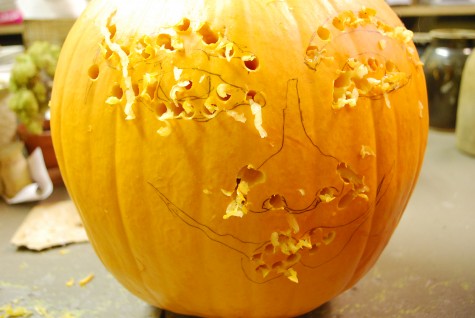 My battery operated drill was a lot more friendly. After a ink sketch on the pumpkin rind, I drilled holes in every spot I neede a curve. A florist’s knife is sharp as heck, but generating curves with a straight blade on a curved surface-a blisteringly difficult job. Any child would be thrilled with this pumpkin in its current state- holes from which worms seem to be emerging-perfect. Another reason to really like Halloween-kids. They care nothing for the elegance of your execution. They are ready willing and able to climb on the gestalt wagon and go-no questions asked. They like ripped hems, things that don’t match-plastic in any form is perfect. Pools of blood, skulls, spiders, bones and rats- poorly represented in plastic-kids like me to bring all of that on.
My battery operated drill was a lot more friendly. After a ink sketch on the pumpkin rind, I drilled holes in every spot I neede a curve. A florist’s knife is sharp as heck, but generating curves with a straight blade on a curved surface-a blisteringly difficult job. Any child would be thrilled with this pumpkin in its current state- holes from which worms seem to be emerging-perfect. Another reason to really like Halloween-kids. They care nothing for the elegance of your execution. They are ready willing and able to climb on the gestalt wagon and go-no questions asked. They like ripped hems, things that don’t match-plastic in any form is perfect. Pools of blood, skulls, spiders, bones and rats- poorly represented in plastic-kids like me to bring all of that on.
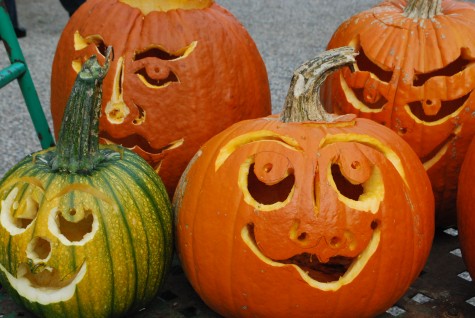 My client was not interested in horror-she had a birthday party for a sister planned. She asked for fanciful-but the pumpkin medium has its demands. The finished pumpkins-try as I might-would never enchant an adult like they would a child. I finally quit worrying-carved pumpkins lit from within will warm up any end of October celebration. No trouble-she was pleased with what I carved. Would that I could see them lit up, and beckoning visitors.
My client was not interested in horror-she had a birthday party for a sister planned. She asked for fanciful-but the pumpkin medium has its demands. The finished pumpkins-try as I might-would never enchant an adult like they would a child. I finally quit worrying-carved pumpkins lit from within will warm up any end of October celebration. No trouble-she was pleased with what I carved. Would that I could see them lit up, and beckoning visitors.
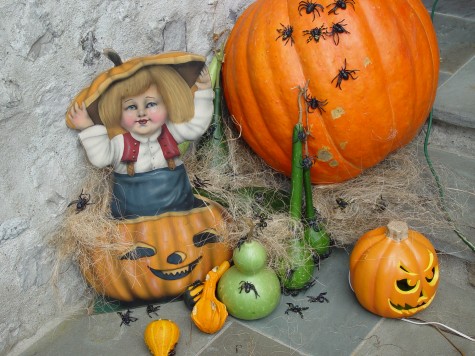 Any Halloween celebration can have an aura of horror given an army of spiders. Multitudes of little plastic spiders can make anyone’s skin crawl. The fruits of the gardening harvest seem to settle right in with all the Halloween plastic. A bale of hay and some hemp can put a composition together; I have no fear of making an unfinished mess of a Halloween celebration. Ask any kid-but be prepared to hear an answer you may not be ready for. A natural and gentle Halloween-thank heavens I have not seen that essay. Every kid I have had occasion to meet encourages me to bring on the dirt, the graves, the blood, the guts, the bats, the skeletons, the worms-are these kids not gardeners in the making?
Any Halloween celebration can have an aura of horror given an army of spiders. Multitudes of little plastic spiders can make anyone’s skin crawl. The fruits of the gardening harvest seem to settle right in with all the Halloween plastic. A bale of hay and some hemp can put a composition together; I have no fear of making an unfinished mess of a Halloween celebration. Ask any kid-but be prepared to hear an answer you may not be ready for. A natural and gentle Halloween-thank heavens I have not seen that essay. Every kid I have had occasion to meet encourages me to bring on the dirt, the graves, the blood, the guts, the bats, the skeletons, the worms-are these kids not gardeners in the making?
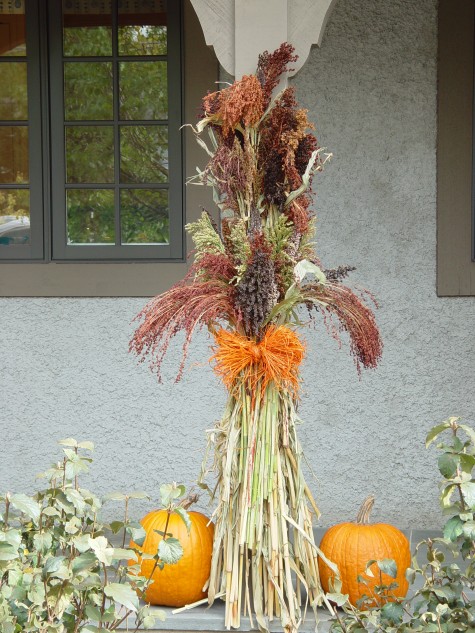 Broom corn is a plant that for hundreds of years has been cultivated for utilitarian purposes. A corn broom-do you not have one? Fresh broom corn is beautifully multicolored-some stems are droopy-others upright. A giant tie of orange raffia ties this entire arrangement to a porch pillar. Seeding broomcorn stems and stalks-this is my late October fireworks.
Broom corn is a plant that for hundreds of years has been cultivated for utilitarian purposes. A corn broom-do you not have one? Fresh broom corn is beautifully multicolored-some stems are droopy-others upright. A giant tie of orange raffia ties this entire arrangement to a porch pillar. Seeding broomcorn stems and stalks-this is my late October fireworks.
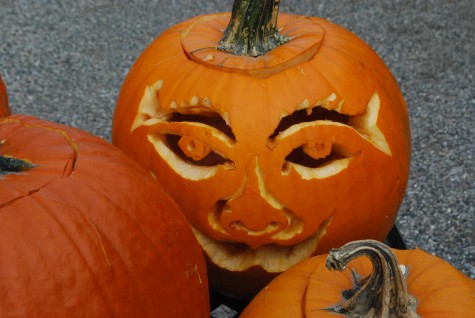 I used to finish all of my carvings like they might be cited by the Library of Congress-no more. The truth of the best part of Halloween-a loose and fast gesture will do just fine. Buck and I so enjoy Halloween-as we have hundreds of visitors. They never critique my decor. My Halloween at home is all about meeting kids, photographing their costumes, sending them out into the night with some decent chocolate. I meet, see, and talk to every kid living in my community but once a year-Halloween night.
I used to finish all of my carvings like they might be cited by the Library of Congress-no more. The truth of the best part of Halloween-a loose and fast gesture will do just fine. Buck and I so enjoy Halloween-as we have hundreds of visitors. They never critique my decor. My Halloween at home is all about meeting kids, photographing their costumes, sending them out into the night with some decent chocolate. I meet, see, and talk to every kid living in my community but once a year-Halloween night.
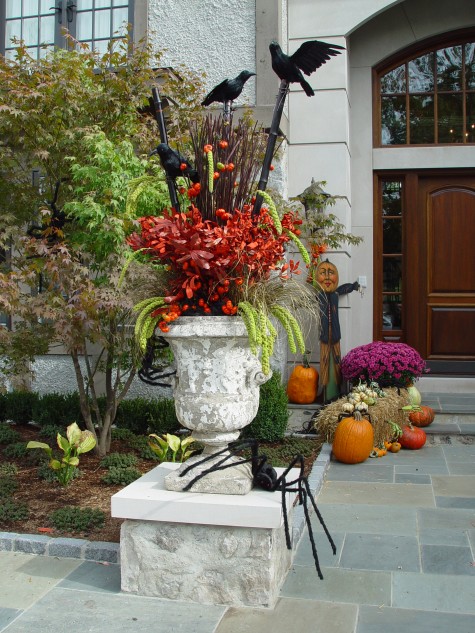 Gardening is an obsession, a serious business, an organizing metaphor for a life. I could go on, but this is Halloween weekend. I would turn everything over to those kids for this weekend. Who knows how many of them might might grow up to be gardeners-growing their own pumpkins for their kids to carve.
Gardening is an obsession, a serious business, an organizing metaphor for a life. I could go on, but this is Halloween weekend. I would turn everything over to those kids for this weekend. Who knows how many of them might might grow up to be gardeners-growing their own pumpkins for their kids to carve.
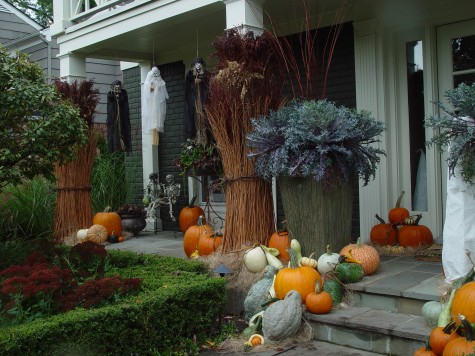 I feel really confident that gardeners all over my area have decorated from the garden, and from the plastics industries- and are ready for Halloween just like me. Sunday night, Buck and I will be ready. I cannot entirely explain why we both enjoy Halloween so much-but fun has a lot to do with it.
I feel really confident that gardeners all over my area have decorated from the garden, and from the plastics industries- and are ready for Halloween just like me. Sunday night, Buck and I will be ready. I cannot entirely explain why we both enjoy Halloween so much-but fun has a lot to do with it.
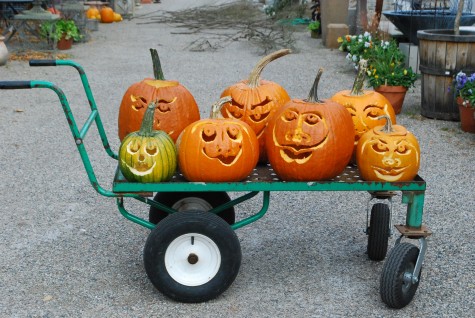 A love of the garden can be satisfying in ways I never imagined in advance. I anticipate, and plan to enjoy my Halloween. I am hoping you will have an equally horrible holiday.
A love of the garden can be satisfying in ways I never imagined in advance. I anticipate, and plan to enjoy my Halloween. I am hoping you will have an equally horrible holiday.
